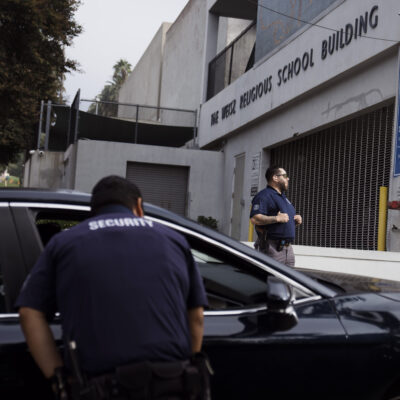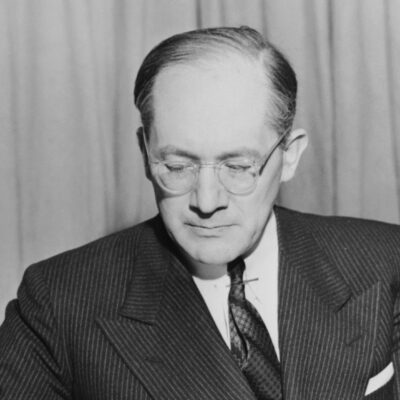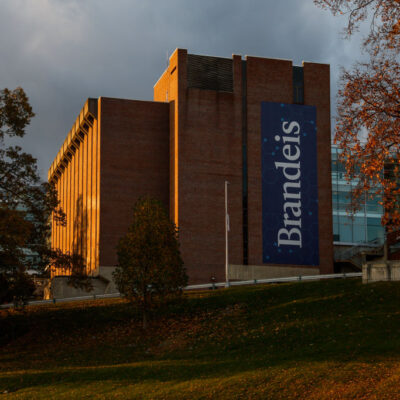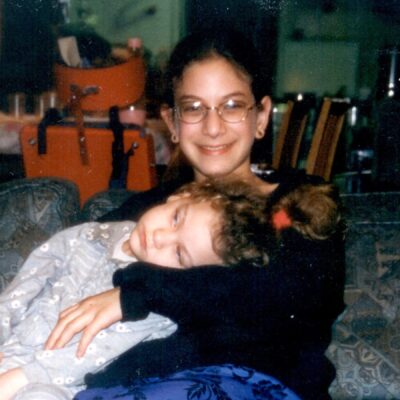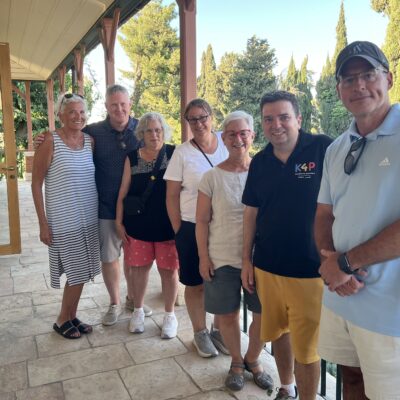Opinion
TALMUD LESSON
‘Where are you, son of Lakish?’: Including diverse, even conflicting viewpoints in our teaching
About three and half years ago, a group of talented educators from the Hillel network proposed a new frame through which educators can view their role in facilitating engagement with Jewish texts (“The Kranjec Test,” eJewishPhilanthropy Sept. 12, 2020).
“Source sheets are part of the DNA of Jewish learning,” they wrote, and the choices we make in curating these materials for text study are a reflection of our communal values and sensitivities. As such, they proposed instituting a standard they dubbed “the Kranjec Test”: any source sheets that included more than two sources should include “at least one woman’s voice.”

COURTESY
Learning in the Hadar Institute's beit midrash.
Anyone who has had the unfortunate cause to engage with me on the issue has heard me criticize “source sheet advocacy.” What I mean by this is that I am troubled when I see a set of sources presented (often out of context) to justify a particular preordained argument or conclusion — in other words, the facile and sometimes disingenuous application of Jewish text or source sheets in support of a particular predetermined viewpoint.
As my teacher Rabbi Dr. Judith Hauptman wrote in her monumental work, Rereading the Rabbis: A Woman’s Voice:
“The question is, how does one read an ancient text to arrive at the truth, at the author’s intended meaning? Plucking statements from different works, written in different time periods by different authors, weaving them together into a unified whole, and then claiming that they represent the rabbinic view on a particular topic is deceptive. Each text must be examined on its own; the interplay of voices over time and between texts should not be muted.
“To write a credible book on the subject of Talmud and women requires that we read the texts as objectively as possible, not arriving at interpretations dictated by preconceived conclusions.”
Although Judaism and Jewish tradition do not shy away from being prescriptive or determining “rules” or rendering judgment, the Jewish dialectic is one of learning, inquiry and debate. Indeed, our conclusions are better informed when they emerge from a serious engagement with diverse perspectives — to say nothing of the reality that Jews of various backgrounds, communities and places of origin often have very different approaches to the same issues.
Consider the poignant and compelling story of Rabbi Yochanan and Rabbi Shimon Ben Lakish (aka Reish Lakish) in the Talmud. The two rabbis, who come from very different backgrounds, become both intellectual sparring partners in Torah learning and brothers-in-law. One day, however, Rabbi Yochanan offends Reish Lakish with a reference to his ignoble background as a bandit, and then Reish Lakish offends Rabbi Yochanan with his reaction to the remark. Reish Lakish ultimately falls ill and dies.
Rabbi Yochanan is inconsolable at the loss of his friend and study partner. Seeking to comfort him, Rabbi Yochanan’s friends send Rabbi Elazar Ben Pedat, deeply learned in his own right, to learn with him. Rabbi Elazar Ben Pedat is able to recall a prooftext to validate each of Rabbi Yochanan’s statements, but Rabbi Yochanan quickly sends Ben Pedat away — this proposed replacement was a poor substitute for Reish Lakish, who would relentlessly counter every one of Rabbi Yochanan’s proposals, forcing him to answer or otherwise resolve those questions and challenges, leading to better learning and rulings.
“Rabbi Yochanan screamed until his mind was taken from him,” the Talmud recounts. “The Sages prayed and requested God have mercy on him and take his soul, and Rabbi Yochanan died.” His very essence is crippled by the absence of the serious and authentic debate and inquiry to which he had become accustomed with Reish Lakish.
In more contemporary sources, Jonathan Haidt (among others) points us to the importance of diverse viewpoints and environments in which people of a variety of persuasions and perspectives engage in serious intellectual debate. In The Righteous Mind, he writes:
“If you put individuals together in the right way, such that some individuals can use their reasoning powers to disconfirm the claims of others, and all individuals feel some common bond or shared fate that allows them to interact civilly, you can create a group that ends up producing good reasoning as an emergent property of the social system…”
And, more succinctly in The Coddling of the American Mind, Haidt writes: “Education should not be intended to make people comfortable; it is meant to make them think.”
We as a Jewish people understand this all too well.
This is not to say that rabbis, educators and facilitators should not have a conclusion or a lesson in mind when they do their teaching; rather, by explicitly engaging with competing viewpoints, or with sources that cast the inquiry in a different light or highlight alternative values, we allow ourselves to appreciate the 70-plus faces through which we can learn Torah. Rather than dismiss or ignore views or sources that are at odds with our initial thesis, we acknowledge that they exist and resolve to engage deeply with them.
How can we, as a Jewish community, internalize the importance of this dialogue and dialectic, even as each of us can and should ultimately stand for something?
If our forebears saw fit to include extensive give-and-take and create space for multiple viewpoints in the Talmud, in a time well before the printing process and when those extraneous letters and pages posed a practical challenge to passing on the oral law, we too should take pains to honor and revive the tradition of engaging with different opinions as a necessary step in reaching our conclusions.
Many of our communal organizations and educators already do this, either as a pedagogical tool or because this debate lies at the center of a program’s mission (the high school students engaging in the Maimonides Moot Court Competition provide just one example). And even as we stretch our own thinking, there should most certainly be guard rails to acceptable discourse. But the “Lakish Test,” despite its terrible name, would have us ask of ourselves when we make a source sheet:
- Does my source sheet present, suggest or imply a particular approach, outcome, or position?
- Are there compelling or interesting sources that might suggest a “different but useful to consider” approach, position, interpretation or perspective such that I can deepen my learners’ engagement with the issue or with Jewish text?
- Am I offering this “alternative source” solely as a straw man — to undermine it and validate my own approach — or am I bringing that source in good faith and with honesty, humility and curiosity?
“[P]utting together source sheets should not be a perusal of our existing rolodex,” wrote the authors of “The Kranjec Test.” “[I]t should be an opportunity to expand our knowledge bases and libraries. This has motivated us to become students again in a way that requires time, energy and humility.”
The Lakish Test won’t always be applicable, but perhaps it will provide just one more lens through which we look at our learning and the nature of how we engage with texts and with complex issues.
A closing thought: I am blessed to learn Mishnah with a small group of young people in my community. They remind me regularly that when the Mishnah says, “Rabbi A says…” they can usually assume that it will be immediately followed by “but Rabbi B says [something different].” The inverse is also true: the Mishnah rarely names a person who stakes out an unopposed opinion. Those rabbis are consigned to anonymity. The rabbis who really make their mark are the ones that engage with differing viewpoints and conclusions.
Now, tzei u’lmad – let’s go and learn.
Doron Kenter is director of North American grantmaking for Maimonides Fund.

 Add EJP on Google
Add EJP on Google